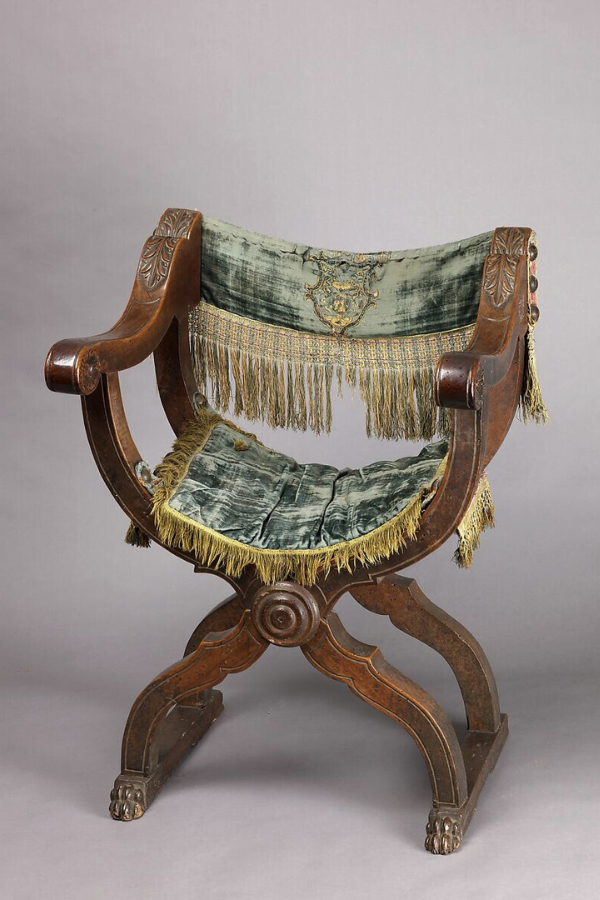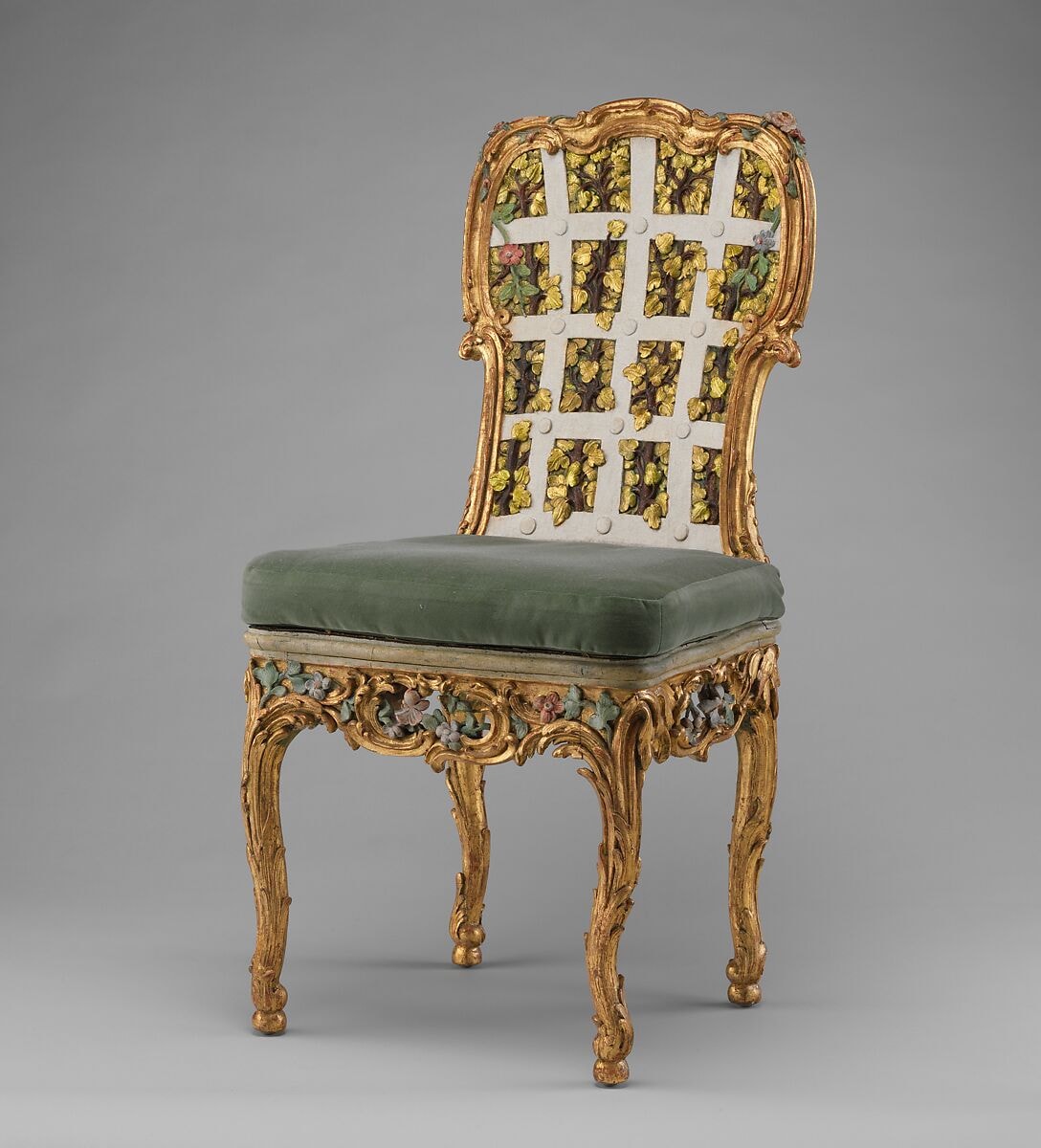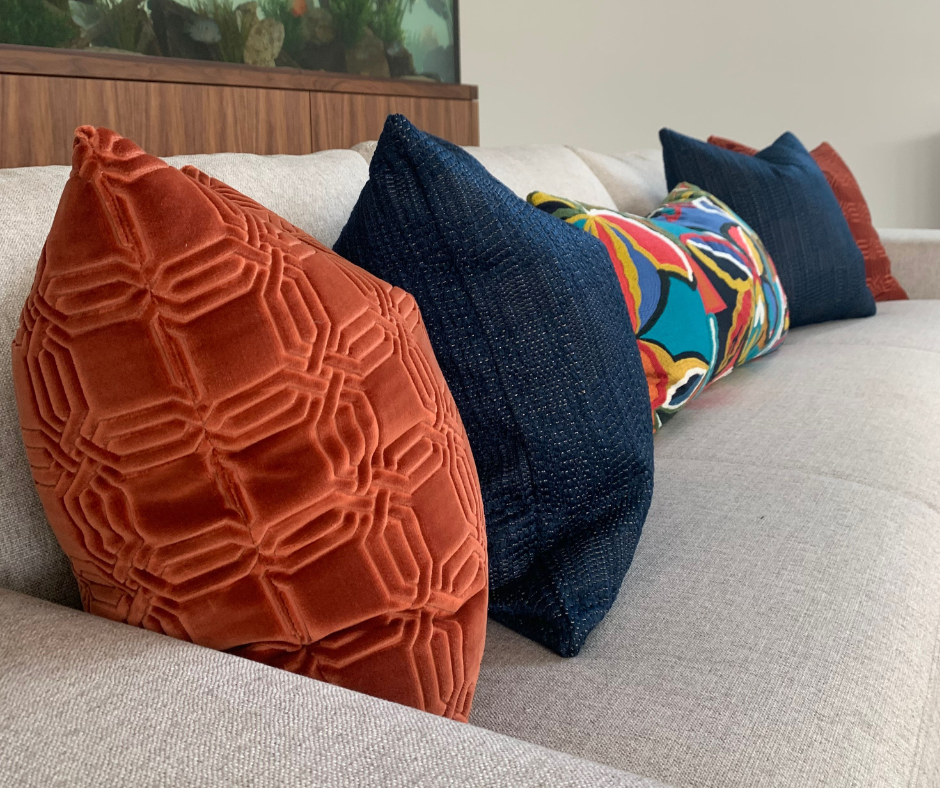
How to Authentically Reflect Your Clients’ Culture in Home Design
Summary
Authentically reflecting a client’s culture in home design is about more than adding decorative accents—it’s about honoring their history, values, and personal narratives. Through meaningful conversations, intentional research, collaboration with artisans, thoughtful integration of antiques, and respect for sacred symbols, designers can create spaces that feel personal, meaningful, and alive. Authentic cultural design weaves stories into every detail, fostering homes that are as genuine as they are beautiful.
Reflection Questions
How can you deepen your client conversations to uncover the cultural stories that truly matter to them?
In what ways can you balance traditional cultural elements with contemporary design to create authentic, cohesive spaces?
Are there areas in your current design projects where you could be more intentional about researching the cultural significance of materials or motifs?
Journal Prompt
Reflect on a personal or professional experience where cultural elements played a significant role in shaping a space. How did those elements influence the atmosphere, emotional connection, or narrative of the design? Consider how you can carry those lessons forward in your future work.
Every home has the potential to reflect the people who live there—capturing not just their tastes but their histories, values, and identities. When that story includes cultural elements, the design can resonate even more deeply. However, incorporating culture into a home should never be simply adding decorative accents or mimicking traditional motifs. Designers must honor lived experiences and create spaces that feel authentic—not performative.
Authenticity comes from connection, curiosity, and respect. It’s found in the details that resonate with personal meaning, the textures that evoke memory, and the thoughtful choices that celebrate heritage without reducing it to a design trend. As a designer, your goal is to create spaces that are natural, lived-in, and true.
When done thoughtfully, culturally-inspired interior design transforms homes into spaces that feel personal, meaningful, and alive. Here’s how to approach this process with care and creativity.
Seven Steps to Authentically Imbuing Your Clients’ Home with Their Culture
Step 1: Start with Meaningful Conversations
Authentic design begins with listening. Before sketches are drawn or mood boards are created, the most important work happens in conversation. Go beyond the usual questions about color preferences and furniture styles—ask about the traditions that shape your client’s life, the rituals that anchor their days, and the objects that hold sentimental value.
What holidays do they celebrate? Are there spaces in their childhood home that left a lasting impression? What textures, scents, or colors evoke a sense of belonging?
These conversations reveal the emotional underpinnings of a client’s connection to their culture. You are not simply identifying “cultural elements” to insert into the design. You are seeking to understand the stories and memories that give those elements meaning.
A carved wooden bowl might be so much more than a beautiful object. It could be tied to family gatherings, recipes passed down through generations, or a specific place that holds deep significance. Approaching the process with genuine curiosity creates space for these personal narratives to emerge.
Designer Spotlight
Designer Ilse Crawford emphasizes the importance of understanding the emotional lives of clients, not just their aesthetic preferences. Her approach highlights how meaningful conversations can uncover the rituals, memories, and cultural touchstones that truly shape a space.
Step 2: Identify Opportunities to Add Cultural Layers
With a deeper understanding of your client’s cultural background, you can begin to identify where these stories might be incorporated into the design. This isn’t about adding decorative layers for the sake of visual interest—it’s about finding meaningful ways to weave culture into the architecture, layout, and materials.
Consider how a space’s flow can reflect cultural values. For example, in some cultures, communal gathering spaces are central to the home, while others emphasize private, reflective environments. Look for opportunities to integrate culture seamlessly so that it feels like an intrinsic part of the design rather than an afterthought.
The key is subtlety and intention. Authentic cultural design doesn’t rely on bold statements or overt references. Sometimes, the most powerful design choices are the quiet ones—a particular type of wood, a handwoven rug, or the way light filters through a room, echoing familiar spaces from the past.
Designer Spotlight
Justina Blakeney’s work with The Jungalow demonstrates how cultural elements can be seamlessly layered into a space—from vibrant textiles to handcrafted ceramics. Similarly, designer Fawn Galli’s eclectic interiors show that even bold cultural references can feel natural when tied to a client’s personal narrative.
Step 3: Research with Intention
While your client is the best source for understanding their personal connection to their culture, it’s your responsibility as a designer to do the deeper work of contextual research. When a client references a tradition, motif, or material that’s unfamiliar to you, take the time to learn about its origins and significance.
Research should go beyond visual inspiration. Dive into the historical, social, and symbolic context behind the cultural elements you’re incorporating. Read books, explore academic articles, visit cultural institutions, and—most importantly—seek out voices from within the culture itself. Understanding the meaning behind specific symbols, patterns, or materials helps you avoid superficial representations and ensures that your design choices are grounded in respect.
Approach this process with humility. A quick internet search won’t give you the depth needed to honor a culture’s complexity. Authenticity comes from genuine engagement, not from borrowing aesthetics without understanding their roots.
Designer Spotlight
Sheila Bridges’s Harlem Toile de Jouy reimagines traditional French toile patterns through the lens of African American history. Her work underscores the importance of research—not just to inspire design, but to honor the stories and histories behind cultural motifs.
Step 4: Collaborate with Craftspeople
Authenticity isn’t something you can mass-produce. One of the most meaningful ways to reflect a client’s culture is to collaborate with artisans who are part of that tradition. These craftspeople carry knowledge and skills that have often been passed down through generations, and their work embodies a cultural language that can’t be replicated in factory-made goods.
Whether it’s custom ceramics, handwoven textiles, or woodwork carved with traditional techniques, partnering with cultural artisans adds depth and integrity to your design. It also supports the preservation of traditional crafts, ensuring that these art forms continue to thrive. When you source pieces directly from the communities they represent, you’re not just adding beautiful objects to a space—you’re creating connections to the people, stories, and histories behind them.
Designer Spotlight
Patricia Urquiola’s designs frequently feature handcrafted elements that celebrate Spanish and Italian design traditions, proving that collaboration with cultural craftspeople adds depth and authenticity to any space.
Step 5: Reinterpret, Don’t Replicate
Authentic cultural design doesn’t mean creating replicas of traditional spaces. Rather, it’s about interpretation—taking inspiration from cultural elements and weaving them into a design that feels fresh, personal, and relevant to your client’s life today. A home should reflect not only where someone comes from but also who they are now and who they’re becoming.
This might mean blending traditional motifs with contemporary forms or reimagining cultural symbols through a modern lens. A minimalist living room can still honor cultural heritage through the choice of materials, the craftsmanship of the furniture, or the subtle repetition of symbolic patterns. The goal isn’t to create a space that feels like a museum exhibit—it’s to create a home that feels alive, dynamic, and deeply personal.
Designer Spotlight
Corey Damen Jenkins’s interiors are a masterclass in reinterpretation. Rather than replicating traditional design motifs, he blends classical European influences with bold, contemporary aesthetics to create timeless and fresh spaces. His work shows how cultural references can evolve while remaining rooted in tradition.
Fuel your creative fire & be a part of a supportive community that values how you love to live.
subscribe to our newsletter
*please check your Spam folder for the latest DesignDash Magazine issue immediately after subscription

Step 6: Respect Sacred Symbols and Traditions
Not every cultural element is meant to be used as décor. Some symbols, objects, and rituals carry sacred significance, and their placement within a home requires careful consideration. Before incorporating religious artifacts, ceremonial items, or traditional symbols, openly discuss their meaning and appropriate use with your client.
If you’re unsure, consult with cultural experts or community leaders to gain a deeper understanding. What might seem like a beautiful design element to one person could hold profound spiritual or cultural significance to another. Respect isn’t just about avoiding mistakes—it’s about honoring these elements’ weight and meaning.
When in doubt, ask. It’s better to have an honest conversation than to risk unintentionally appropriating or misrepresenting something sacred. Authentic design comes from a place of respect, not assumption.
Step 7: Weave Cultural Elements into a Cohesive Narrative
Design is storytelling, and every detail contributes to a home’s larger narrative. Once you’ve gathered cultural inspirations, personal stories, and meaningful objects, the final step is to weave them into a cohesive design. This is where your creative vision shines—bringing together disparate elements in a way that feels intentional and harmonious.
Think about how cultural references can create rhythm and flow throughout the home. Consider the emotional journey as someone moves from room to room. Are there recurring motifs, colors, or materials that create a sense of continuity? Does the design feel balanced, with cultural elements integrated seamlessly rather than feeling like isolated statements?
A well-designed space doesn’t just display cultural references—it lives with them. The home should feel like an extension of the client’s identity, where every corner holds a piece of their story, and every detail reflects both who they are and where they come from.
Step 8: Incorporate Antiques with Thought and Intention

Antiques are artifacts of history that carry stories, craftsmanship, and cultural significance. To integrate them authentically, start by researching the piece’s history. Where was it made? Who crafted it? Understanding its provenance adds depth and ensures it’s more than just an aesthetic choice.
Consider the materials and craftsmanship, as these often reflect cultural traditions. A Carrara marble tabletop or hand-forged iron details can subtly connect a space to its historical and geographical roots. Balance antiques with contemporary elements to create a dialogue between old and new, allowing each to enhance the other.
Respect the integrity of the piece by preserving its original character. Thoughtful placement and context ensure antiques feel intentional, adding layers of meaning rather than appearing as disconnected relics. When done well, they bridge the past and present, anchoring a space in authenticity.
Final Reflections
Culturally authentic design is about connection, reflection, and respect. Authenticity isn’t found in trends or aesthetics. It’s found in the conversations you have, the research you do, the artisans you collaborate with, and the stories you choose to honor. When design is rooted in these values, it celebrates the richness and diversity of human experience.








